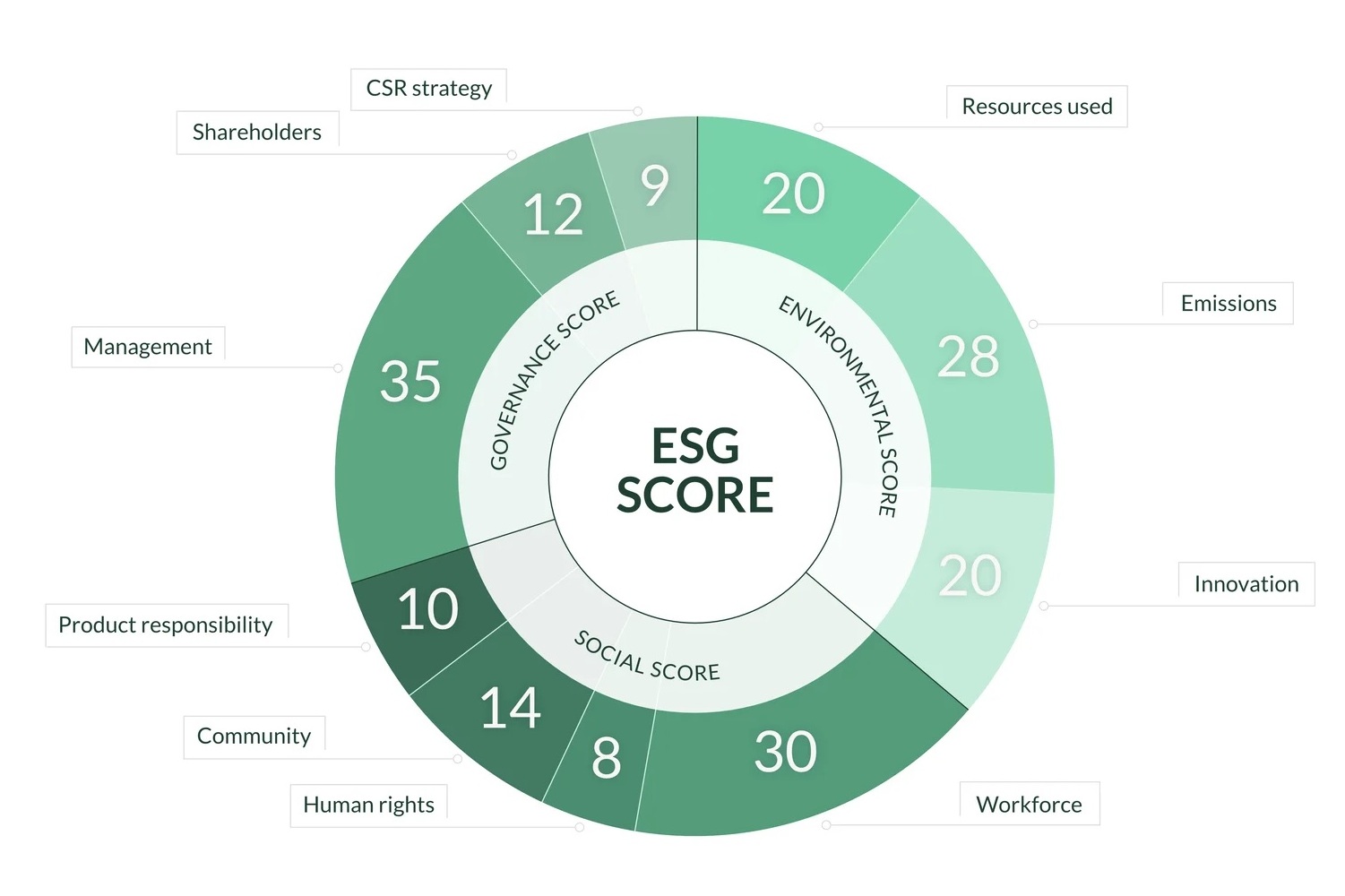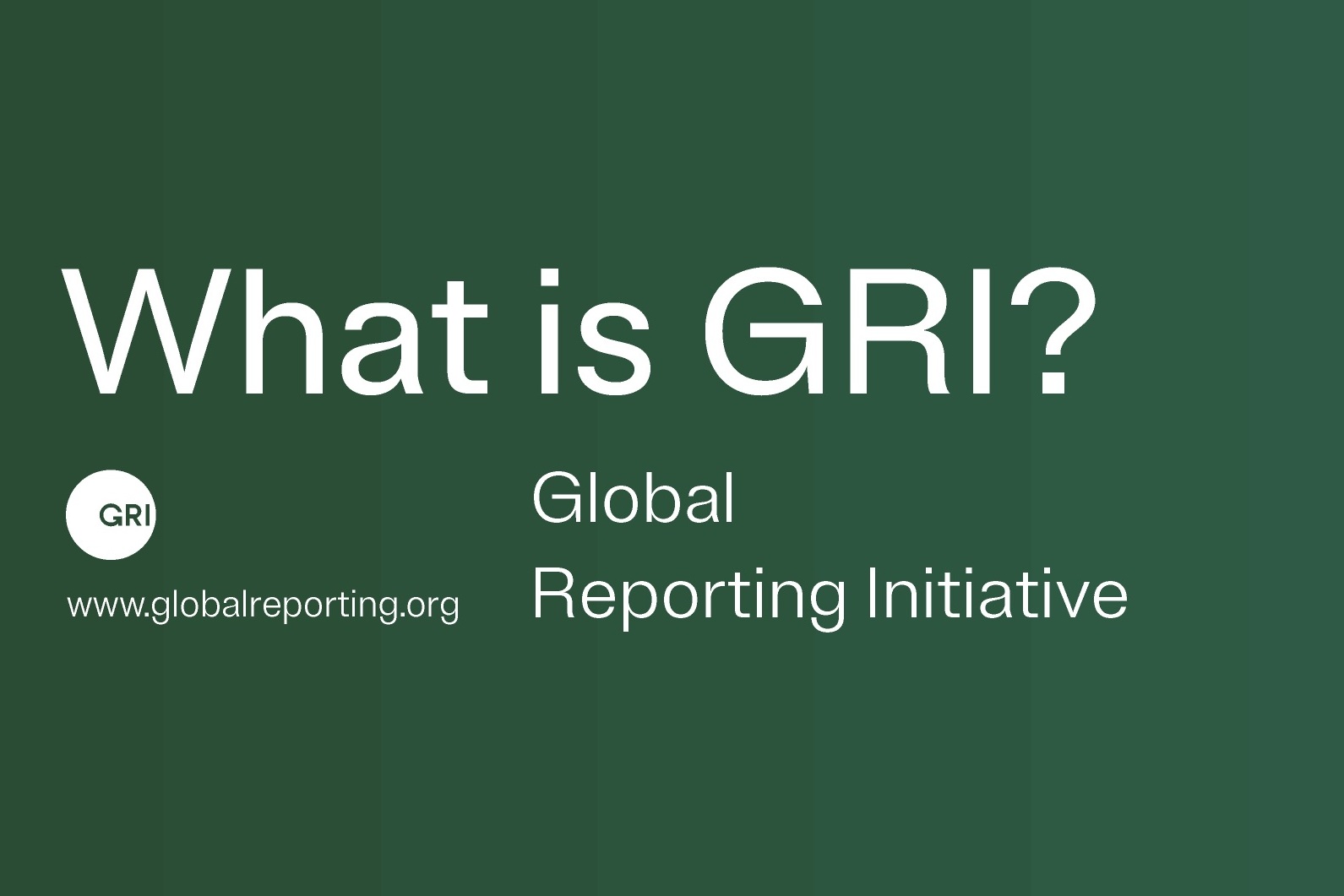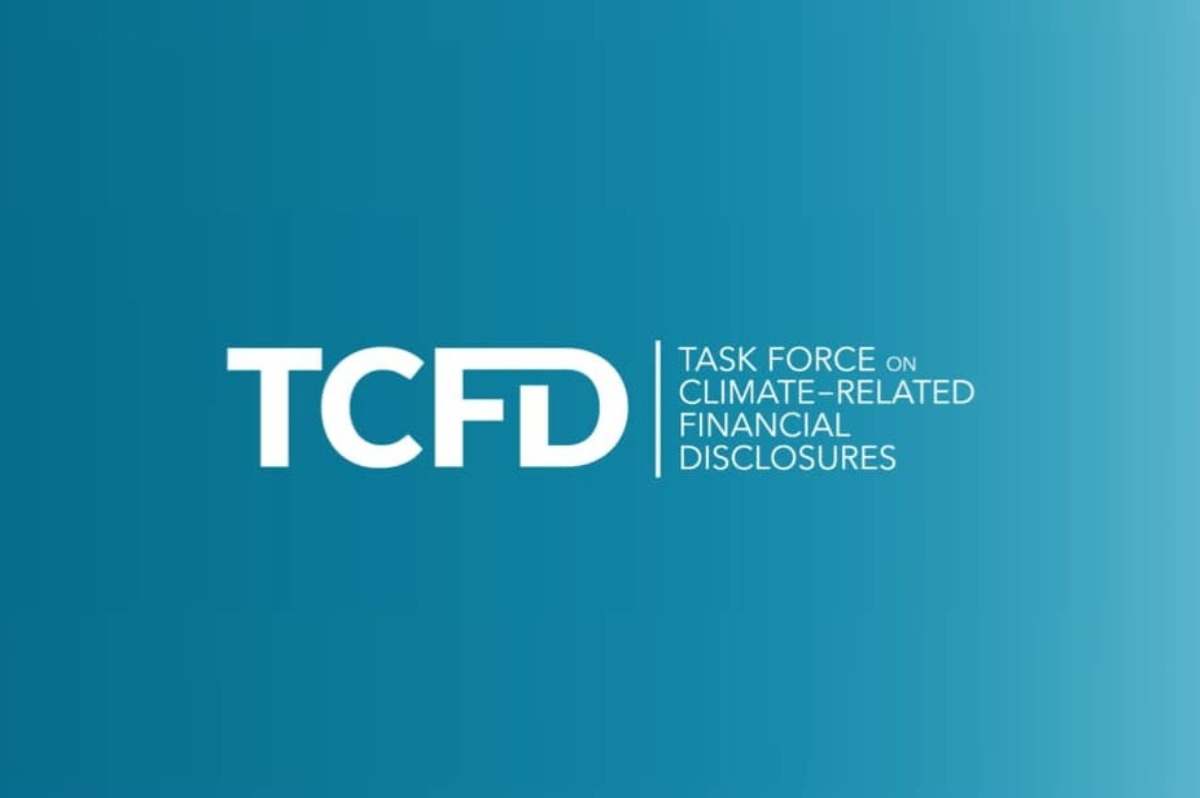Understanding ISSB Standards and Their Role in Global ESG Reporting
The International Sustainability Standards Board (ISSB) was established in 2021 to create globally consistent sustainability disclosure standards. The most important characteristic of these standards is that they provide investors with reliable and comparable information on how companies manage risks and opportunities related to sustainability.
ISSB operates under the International Financial Reporting Standards (IFRS) Foundation and was formed in response to increasing calls from the global community for a more standardised sustainability reporting process. The standards were developed through a thorough process, in which over 1,400 responses were considered in developing the standards and are backed by international entities such as the G20, G7, the Financial Stability Board (FSB), and the International Organisation of Securities Commissions (IOSCO).
Let’s take a look at why the ISSB standards are relevant and important:
1. Applicable across companies:The ISSB standards provide a global baseline for companies to report their risks and opportunities related to sustainability. This means that companies around the world can use the same guidelines to disclose how they handle sustainability issues. Any additional local requirements can be added on top of this global standard.
2. Building on Existing Standards: The standards are not created from scratch. They build on existing recommendations from well-known organisations like the Task Force on Climate-Related Financial Disclosures (TCFD), the Sustainability Accounting Standards Board (SASB), and the Climate Disclosure Standards Board (CDSB). The standards have together shaped the two key standards of ISSB that were launched in January 2024: IFRS S1 and IFRS S2. This integration helps companies use their existing sustainability reports and reduces the need to follow multiple different standards.
- CDP’s Integration into IFRS:The CDSB’s data and methodologies from CDP were absorbed into the ISSB in 2022 and utilised to enhance the comparability of the ISSB disclosures.
- TCFD’s Integration into IFRS: In 2024, the IFRS took over the recommendations of the TCFD and fully integrated them into IFRS S2, which focuses on climate-related disclosures. The integration ensures that companies disclose these risks in detail keeping in mind evolving global standards and requirements.
- SASB’s Integration into IFRS:In 2022, SASB standardswere incorporated into IFRS to provide detailed and sector-specific guidance within the ISSB framework. This allows companies to continue using their existing SASB-aligned disclosures while aligning with the global baseline set by IFRS S1 and IFRS S2.
1. Reducing Duplicate Reporting: By providing a global baseline, the ISSB standards help achieve consistency in sustainability reporting across different markets. This reduces the need for companies to prepare multiple reports for different jurisdictions, making the reporting process simpler and less repetitive.
2. Integration with Financial Statements: The information required by ISSB is designed to be included with financial statements. This means companies can present a complete picture of their performance, integrating sustainability and financial information in one report. The standards are built on the same principles as the IFRS Accounting Standards, which are used in over 140 countries.
3. Compatible with GRI: The ISSB works with the Global Reporting Initiative (GRI) to ensure its requirements are compatible with GRI standards. This collaboration helps reduce the reporting burden for companies that use both ISSB and GRI Standards.
How Does the IFRS S1 and IFRS S2 Work
To guide sustainability reporting, ISSB has two reporting guidelines: IFRS S1 and IFRS S2. Let’s understand more about them.
IFRS S1: General Requirements for Disclosure of Sustainability-related Financial Information
The IFRS S1 is designed to provide a comprehensive framework for companies to disclose information centred around sustainability that is crucial for investors and other stakeholders.IFRS S1 ensures that companies disclose information about sustainability risks and opportunities that can affect their financial performance over various time horizons – short, medium, and long-term.
The standard applies to all related to sustainabilitymatters and focuses on environmental, social, and governance (ESG) factors. It requires companies to integrate ESG information into their financial reporting to give a holistic view of their performance and prospects.
- Materiality: Companies should disclose information that is significant for investors to make decisions.
- Comprehensive Reporting: Sustainability information should be reported alongside financial statements to give a complete picture of a company’s performance.
- Scope: This standard covers a wide range of sustainability topics, including environmental, social, and governance (ESG) factors.
IFRS S2: Climate-related Disclosures
IFRS S2 stands for Climate-related Disclosures. The main goal of IFRS S2 is to help companies report on their risks and opportunities they face because of climate change in a way that is comparable with other organisations. This information is crucial for investors and other stakeholders to understand how climate change might impact a company’s financial performance and strategy. Some of the key focus areas of IFRS S2 are:
Governance: Within this disclosure recommendation, companies are required to explain how they manage risks from a changing climate at the highest levels.This involves detailing the role of the board and senior management to oversee issuesthat may result from climate change. Companies should describe their governance processes, controls, and procedures for managing climate risks. They also need to explain the roles and responsibilities of senior management in this regard.
Strategy: Under this recommendation, companies should describe the impact of climate change on their business strategy and financial planning. This includes explaining how issues related to climate change affect the company’s operations, products, and services. Companies need to detail their strategy for addressing climate risks and leveraging opportunities, including any changes to business models or strategic goals.
Also, organisations need to discuss how resilient their strategies are to climate-related risks under different scenarios, including a 2°C or lower scenario.
Risk Management:Under this, companies should outline their processes for identifying, assessing, and managing risks introduced by a changing climate.This involves them describing how the climate-related risks and opportunities that they have identified impact their businesses, strategy, and financial planning. Companies should explain how they integrate climate risk management into their overall risk management framework.
Metrics and Targets:This recommendation requires companies to disclose the metrics they use to measure risks from climate change and their performance against these targets.This means that they should disclose the specific metrics they use to measure Scope 1, Scope 2, and, if it applies, Scope 3 GHG emissions.
Scope 1 emissions are direct greenhouse gas emissions from sources that a company owns or controls, including emissions from the company’s vehicles and facilities. Scope 2 emissions are indirect emissions from the generation of purchased electricity, steam, heating, and cooling consumed by the company. Scope 3 emissions are all other indirect emissions that occur in a company’s value chain. This includes emissions from activities such as employee travel, waste disposal, and the production and transportation of goods and services that the company purchases. Scope 3 is often the largest source of emissions for a company because it encompasses a broad range of activities outside the company’s direct control.

















.jpg)




